Best Places to Go on Christmas

The world is full of magical holiday experiences, so making this final Christmas vacation list was no easy task! Since Christmas is a busy time everywhere, with people trying to balance personal time and keeping the restaurants and hotels running smoothly, having reservations (and patience) is an absolute must when planning a Christmas vacation! Here are the places we've most enjoyed over the years, and I hope you love them too.
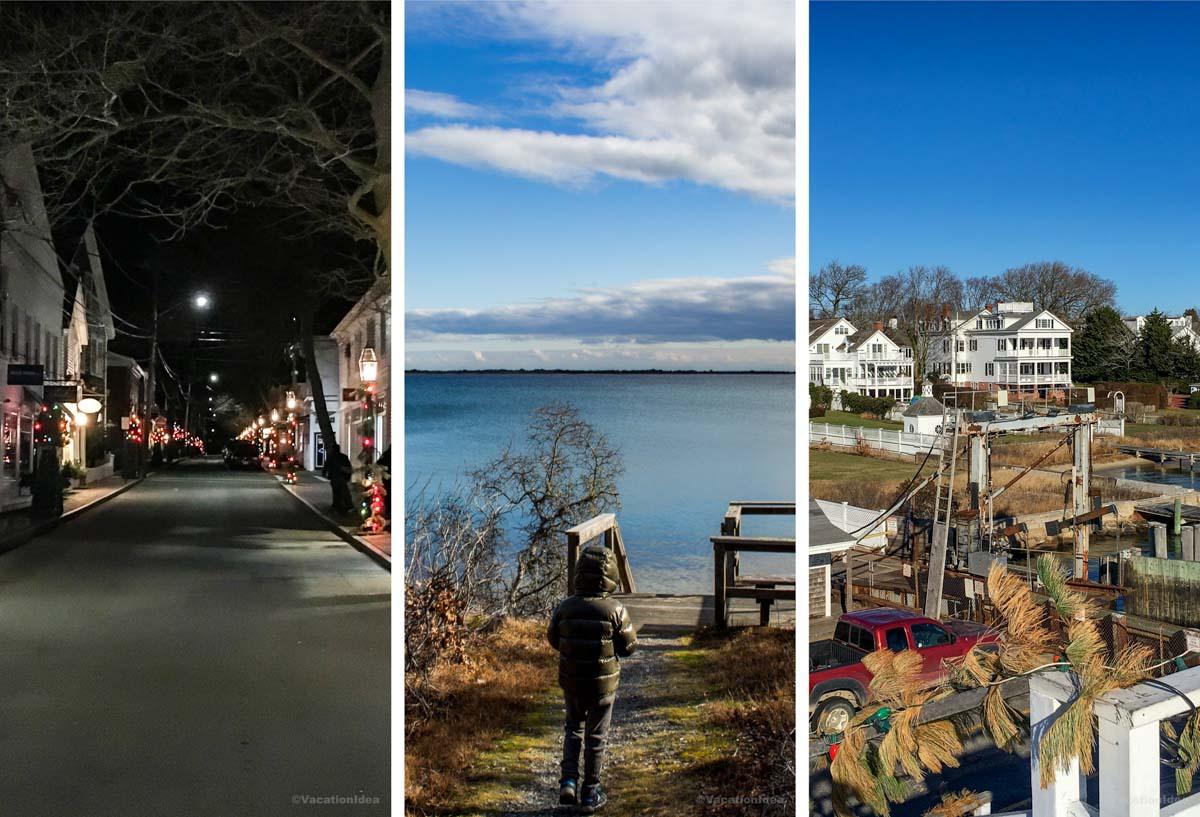
1. Edgartown, Massachusetts
This is one of my favorite places for Christmas on the East Coast because you can enjoy crisp sunny days and scenic beaches to all to yourself. In addition, this Martha’s Vineyard town feels like stepping into a New England postcard during the Christmas holidays! My son had so much fun when we spent two care-free weeks here in a vacation rental with our entire family last December.
We arrived via a scenic ferry ride from Woods Hole, and spent some time last minute Christmas shopping in the boutiques on Main Street, (Edgartown Books was my favorite), and ducked into Espresso Love for coffee at homemade pastries.
I loved all the Christmas events available in town, but especially at Harbor View Hotel, starting during the second week in December and continuing into the holidays. We loved the Horse Drawn Carriage Rides, Bar Bites & Holiday Lights at Bettini Restaurant, and Holiday Brunch at Bettini Restaurant with delicious salads, pasta, creative entrees, yummy side dishes and desserts (though I noticed that you have to book MONTHS in advance)! No worries, though, if you are planning a last minute trip, Behind the View restaurant, also at the hotel, is usually still a available.
- Average December temperature: 33°F – 44°F (1°C – 7°C)
- Location: On the eastern side of Martha’s Vineyard island
- Location Map
What I loved best:
Breakfast at Rosewater Market, followed by Chappy ferry ($17 round-trip for car and driver, $5 round-trip per passenger) to Chappaquiddick island which was my highlight.
If you loved this town, check out my other favorite places to visit in Massachusetts.
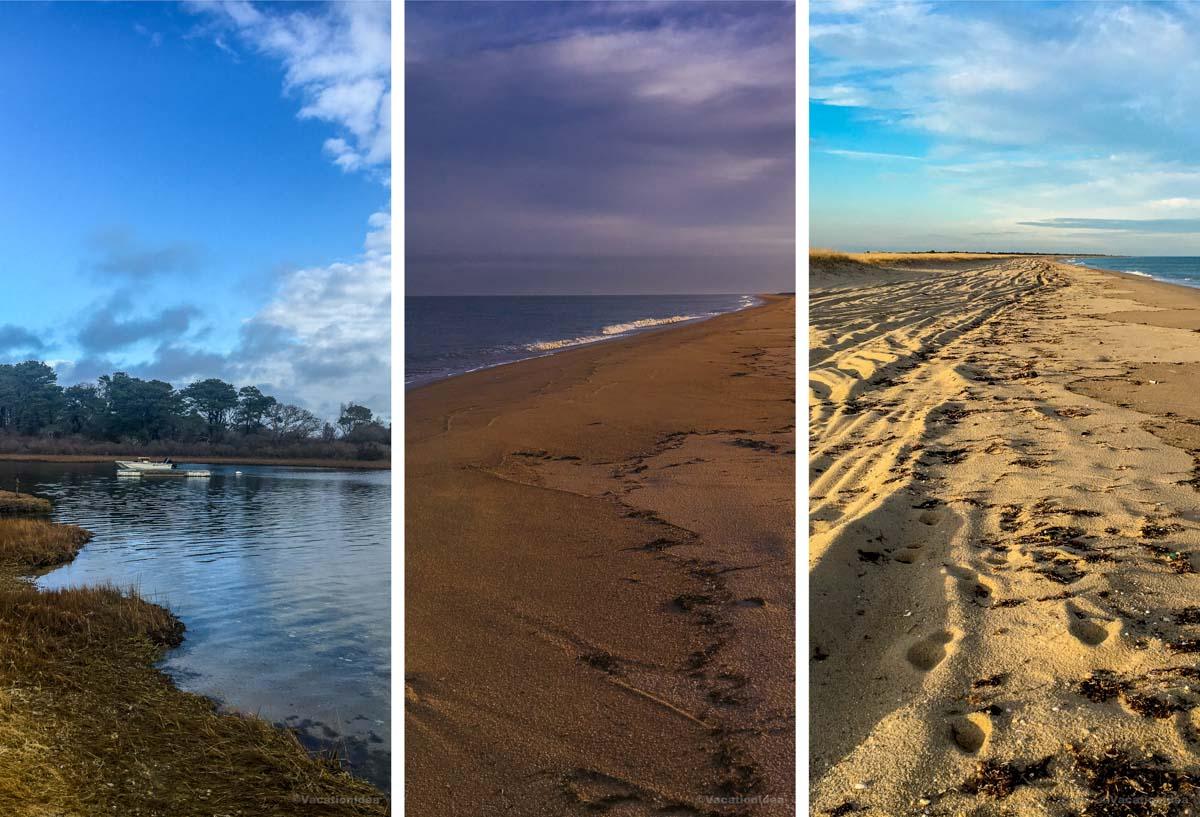
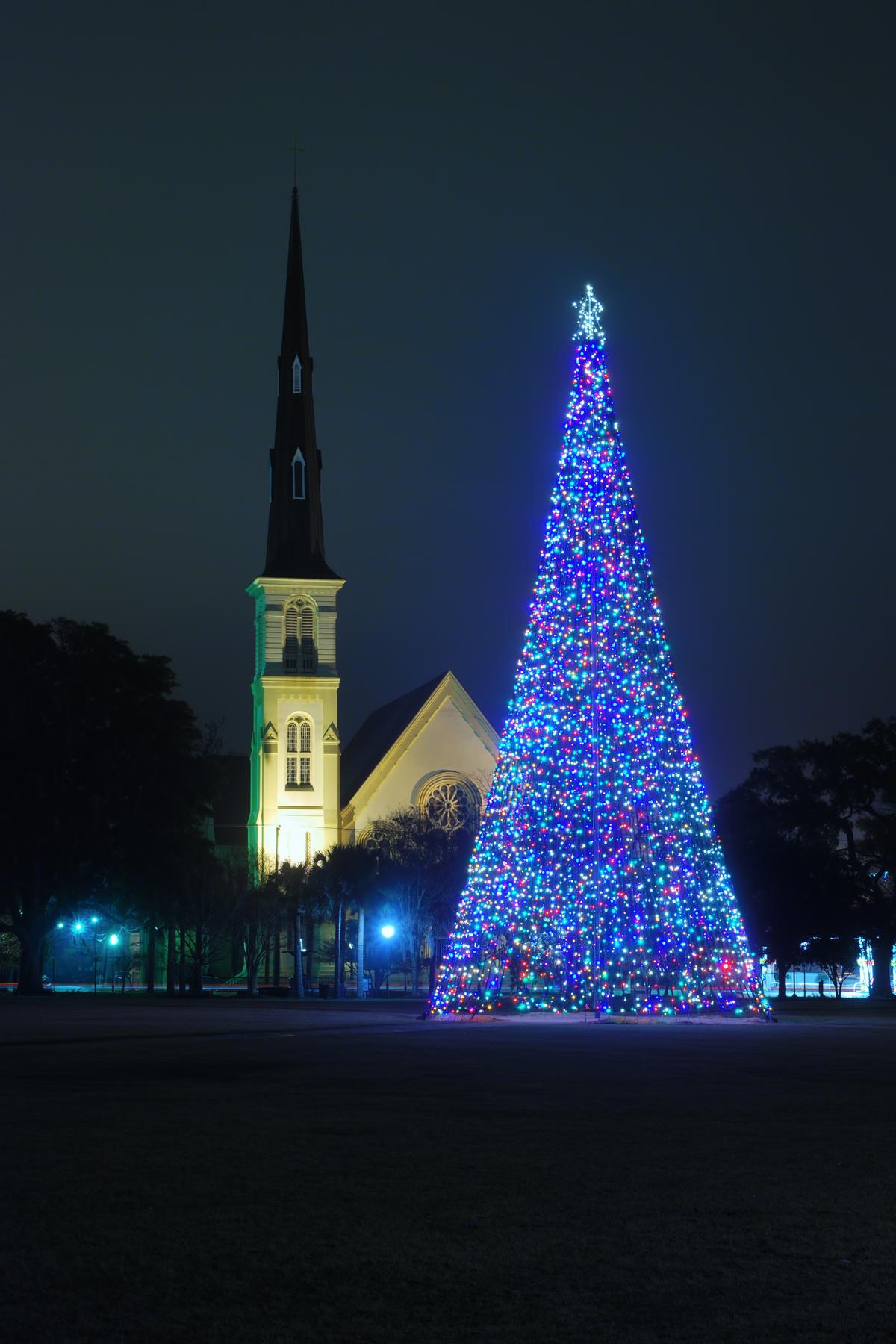
2. Charleston, WV at Christmas
This is one of the most inviting Christmas destinations I’ve visited in West Virginia when I moved to the South. At Christmas-time, the city was a wonderland with snowy streets, holiday lights, and Santa popping up all over in town squares and shops. I thought that it was like stepping into a Christmas classic and I was glad Chris, our son and I decided on this last minute family vacation. I found December especially magical during the Winter Wonderland Holiday Lights Festival.
My son loved Charleston's family-friendly Holiday Village, complete with visits from Santa and Mrs. Claus, gingerbread house contests, and even the occasional appearance of Krampus characters Old World folklore.
- Location: In western West Virginia, approximately 60 miles northwest of Beckley
- Location Map
- Average December temperature: 30°F – 47°F (-1°C – 8°C)
We flew into Yeager Airport (just 10 minutes from downtown), then spent a long weekend based at the 3-star Charleston Marriott Town Center ($110/night) for three days. For Christmas dinner in "Charlie West", Iron Rose offers a three-course menu for $90 for adults and $35 for kids featuring Beef Tenderloin, Seared Scallops, and Ricotta Cavatelli, as well as amazing desserts!
What I loved best:
My personal highlights included walking through the dazzling light displays at C&O Railroad Park, and taking a horse-drawn carriage ride through the historic East End.
If you loved this city, check out my other favorite places to visit in West Virginia.
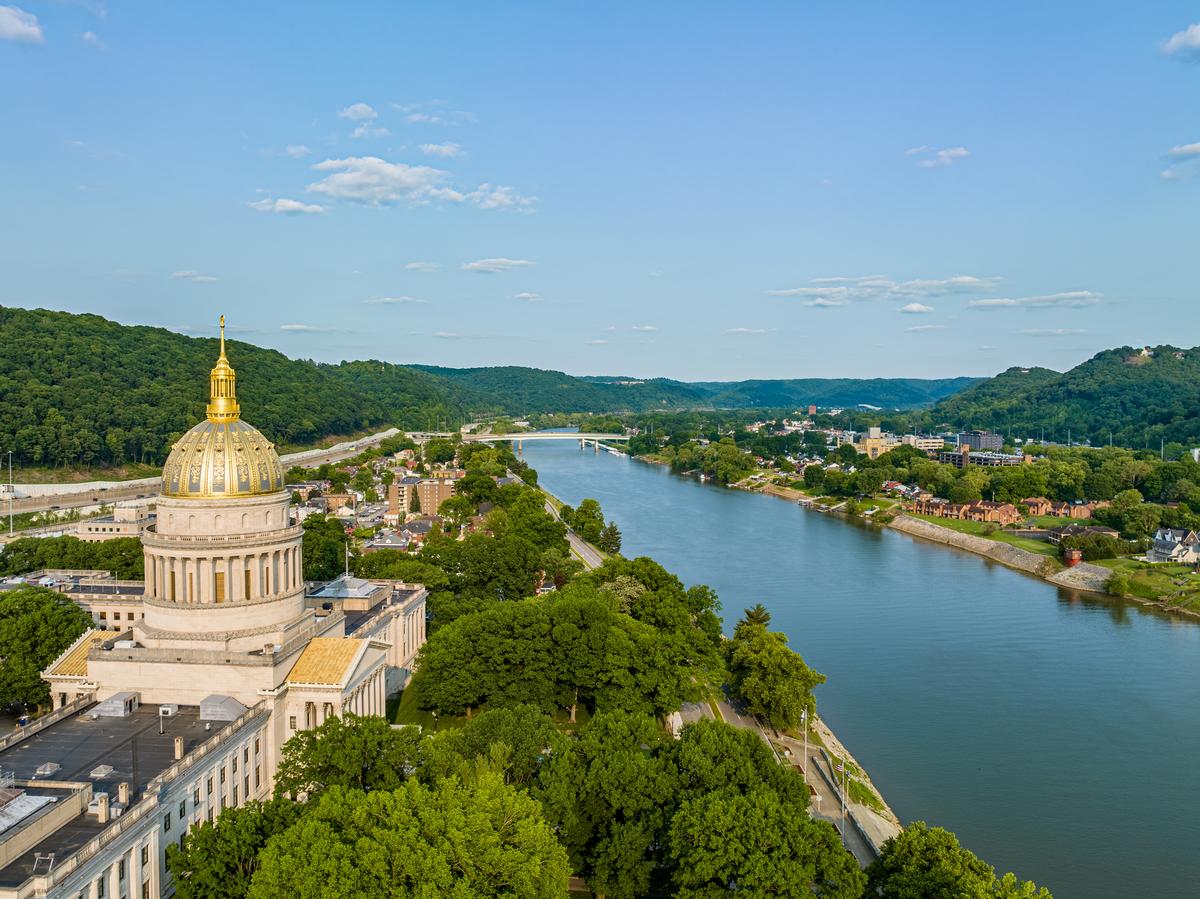

3. Durango
This mountain town in Southwest Colorado is one of my favorite places to visit when I want a mix of adventure, food, and festive spirit during Christmas with my family. I love that I can spend my morning skiing, warm up with a fireside lunch, relax with a 60-minute massage in the afternoon, and end the day with hot chocolate in front of a fireplace.
Visiting in December meant I could catch both early-season skiing at Purgatory Resort and the lovely holiday decorations around town.
We drove from our previous stop in Albuquerque to Durango’s historic downtown as a part of a larger road trip from my house in Austin, TX. We stayed at the 3-star Fairfield by Marriott Inn & Suites Durango for six days and had Christmas Eve dinner at Eolus (you definitely need a reservation!)
- Location: In southwestern Colorado, in La Plata County; nestled in the Animas River Valley near the San Juan Mountains
- Location Map
- Average December temperature: 13°F – 42°F (-10°C – 6°C)
- Size: Approximately 17.0 square miles (44.0 square km)
What I loved best:
Taking my son on the famous Polar Express Train Ride which was the highlight of our Christmas trip!
A downside? One year I found out the hard way that tickets for the Polar Express Train Ride sell out even a year in advance so you really need to plan ahead!
Local tip: There are many cheap hotels in Durango (from $59) so it pays to shop around before booking.
If you loved this city, check out my other favorite places to visit in Colorado.
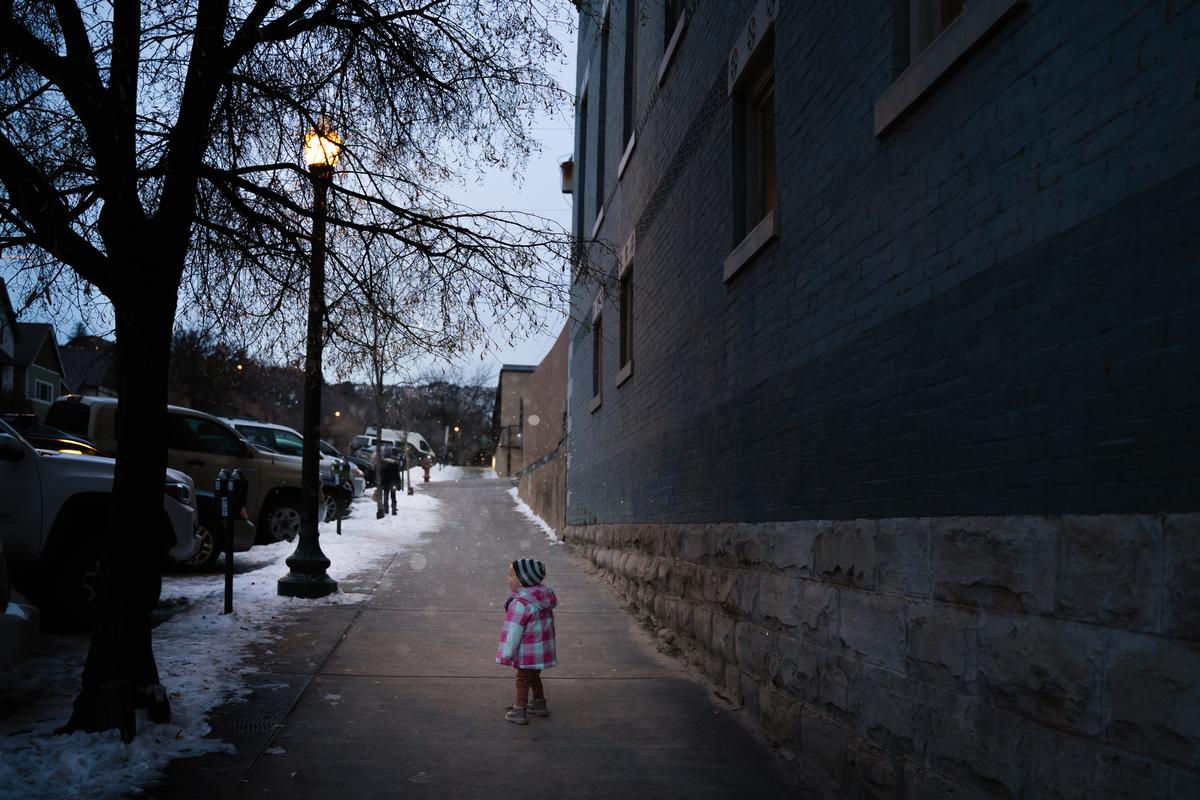
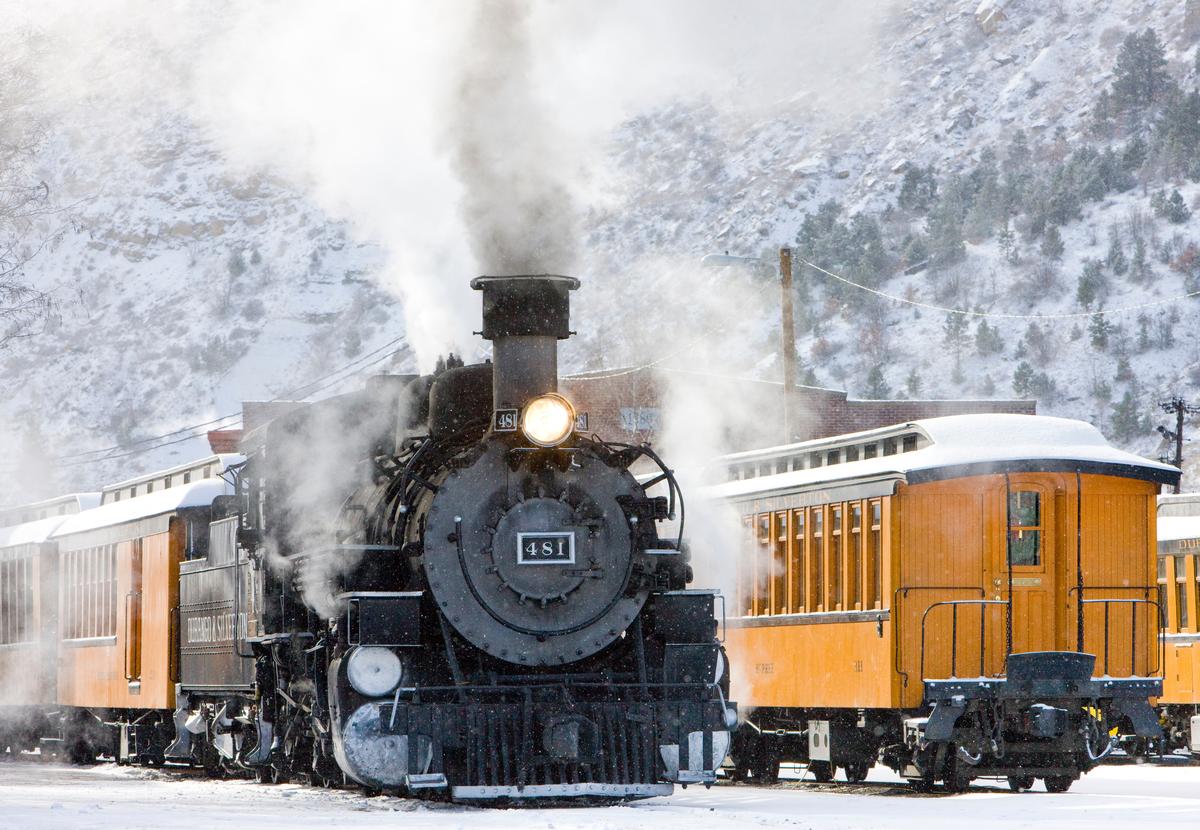
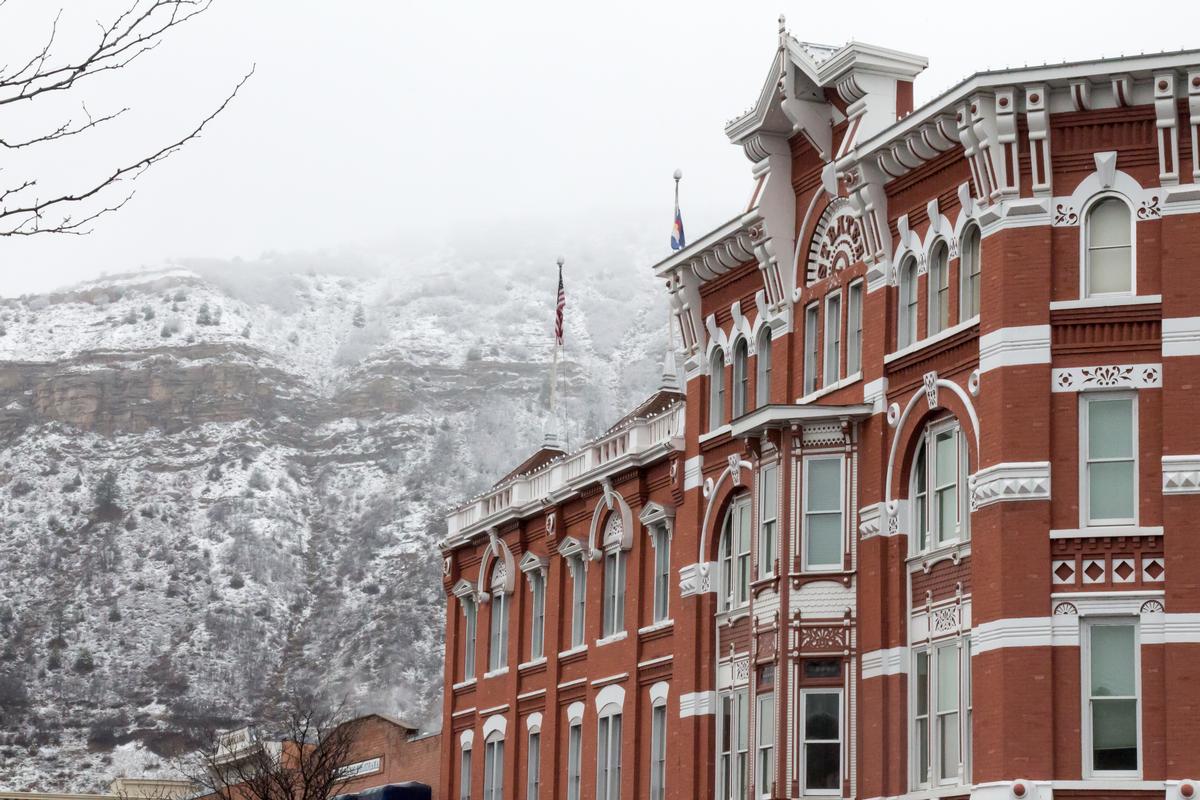
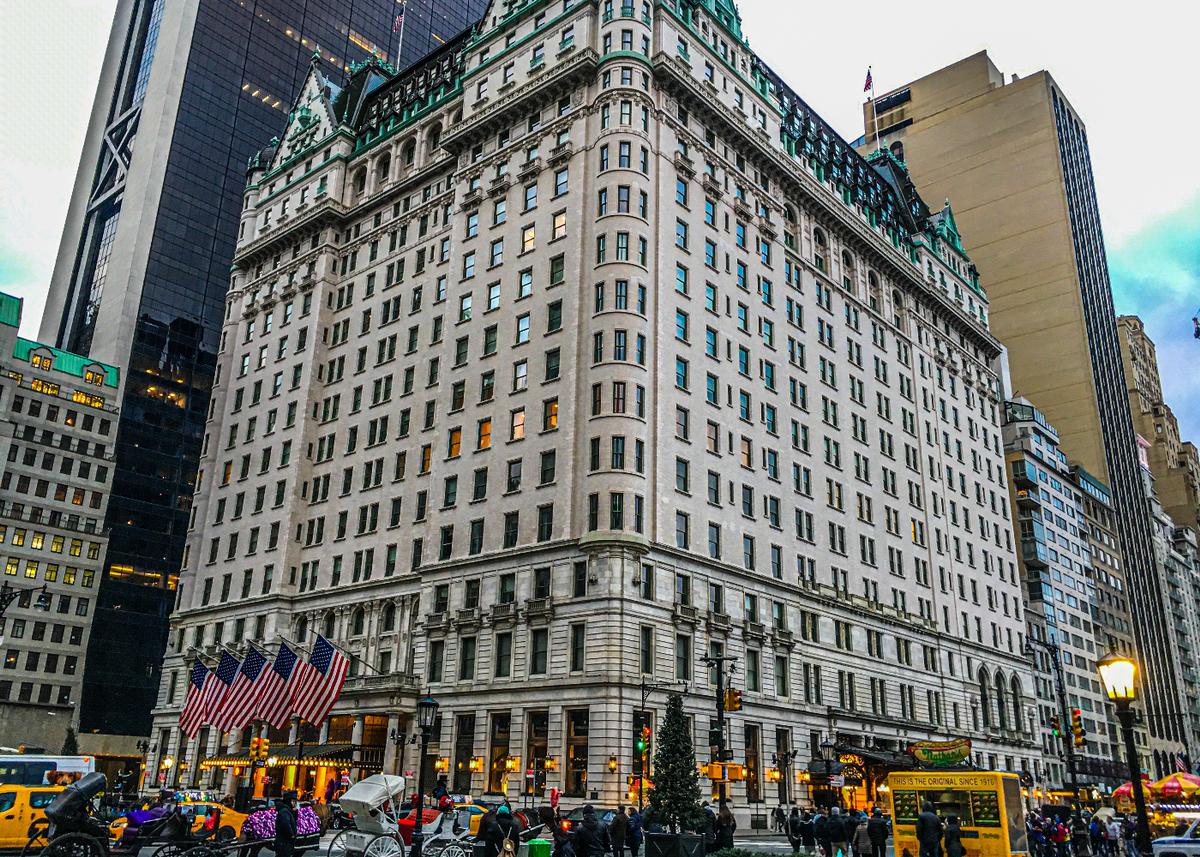
4. New York City at Christmas
This is one of my favorite places to visit at Christmas because it truly offers a bit of everything - decorations that wow me every time, festive window displays, and great food. We love visiting New York City at Christmas and having family living there provides the perfect excuse.
We flew into John F. Kennedy International Airport (JFK) and spent three days re-visiting the city’s best holiday experiences that we so enjoyed while living there. We stayed at the Lotte New York Palace in Midtown Manhattan for three days last Christmas.
We took our son ice skating under the Rockefeller Christmas tree, sipped hot chocolate at Bryant Park’s Winter Village, marveled at Saks Fifth Avenue’s Christmas windows, and ventured to Brooklyn’s famous Dyker Heights neighborhood to see its Christmas light displays with my sister-in-law who lives there.
Just outside, we could walk to the Rockefeller Center, and peak into Fifth Avenue’s holiday windows like Saks and Bergdorf.
If you want to celebrate in style, Four Twenty Five by Jean-Georges serves a 3-Course Prix-fixe Menu on Christmas Eve for $188 per person.
- Location: In southeastern New York State
- Location Map
- Average December temperature: 32°F – 44°F (0°C – 7°C)
- Size: Approximately 472.4 square miles (1,223.6 square km)
What I loved best:
My highlights ware the Radio City Christmas Spectacular (tickets range from $122 to $702) starring the Rockettes, Rockefeller Center, and a horse-drawn carriage ride through snowy Central Park.
A downside? Parking is always tricky in the city. It was especially challenging around Christmas with many events taking place and locals and visitors alike doing their last minute shopping.
If you loved this, check out my other favorite places to visit in NY.
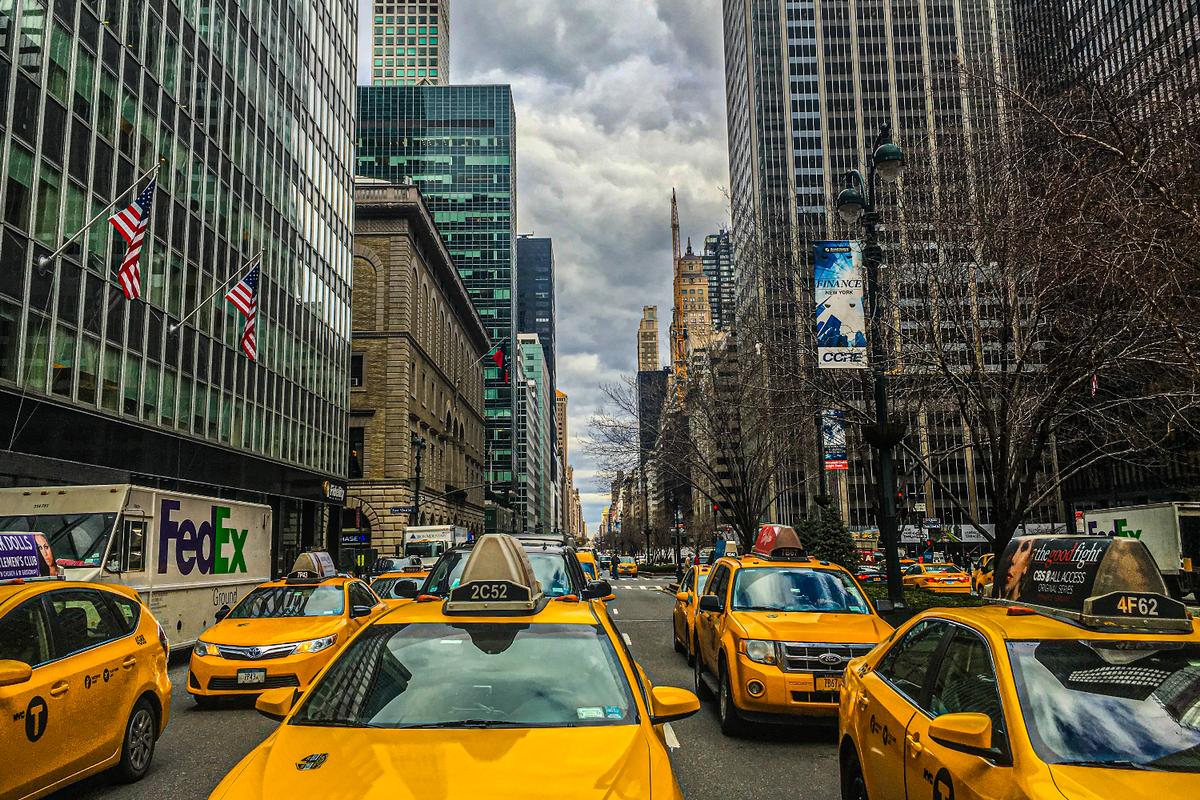
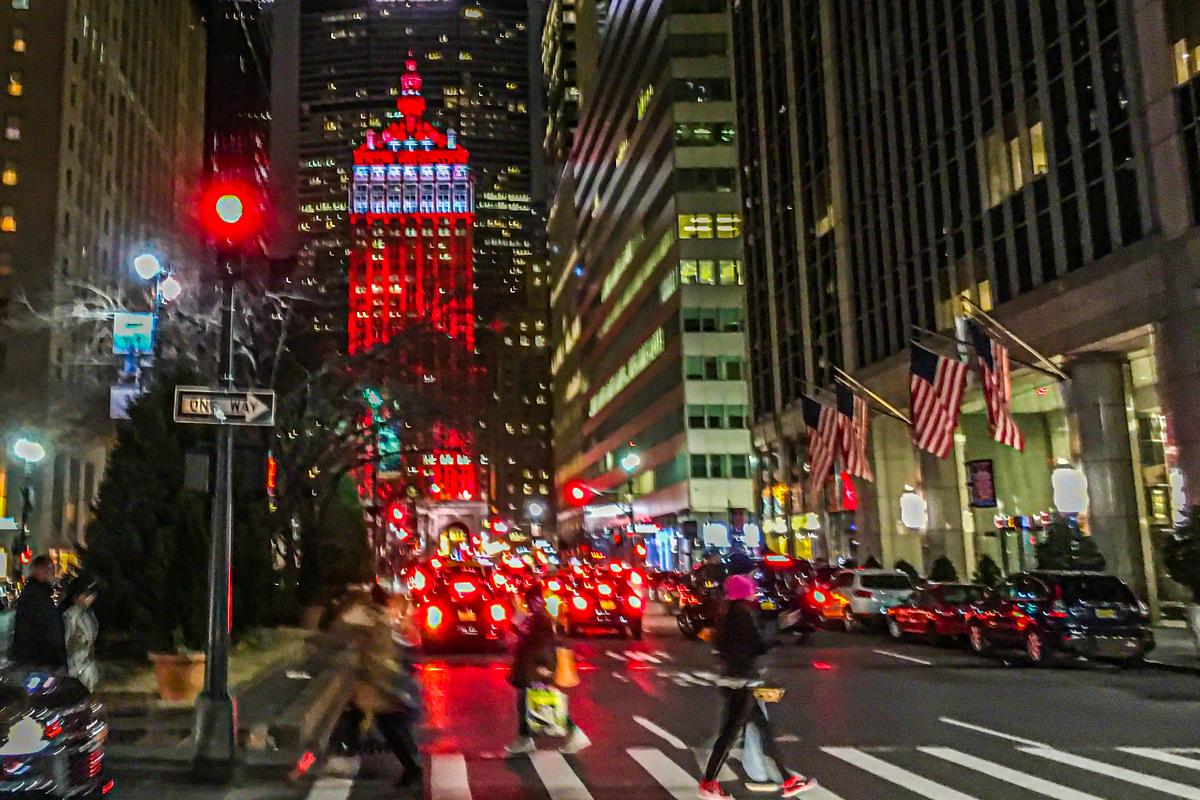
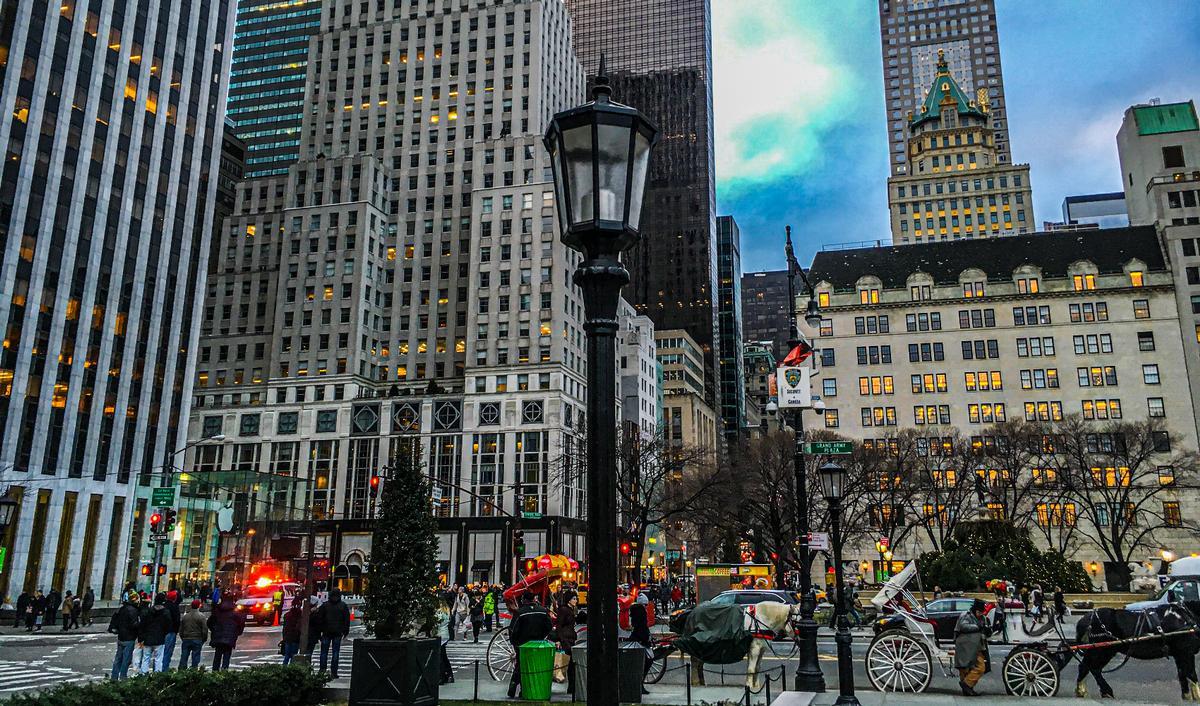

5. St. Augustine in December
I think this is one of the absolute best places in Florida for the holidays. Why? First off, the Nights of Lights Festival in the historic district is a magical wonderland with millions of tiny lights. In addition, I loved the cobblestone-streets, the bay shimmering beside you, and a laid-back charm far removed from Florida’s theme-park chaos.
When I stayed in the 4-star Casa Monica Resort & Spa in St. Augustine for three days at Christmas it felt like stepping into a historic fairytale.
we flew into Jacksonville International Airport (JAX) and spent a festive weekend strolling along cobblestone streets, taking an evening horse-drawn carriage ride through the historic district, and enjoying the city of St. Augustine's holiday spirit.
Casa Monica itself was adorned in holiday sparkle and offers festive dining options. Cordova Coastal Chophouse & Bar at the hotel offers a creative menu that's a bit different each year but I especially liked their Grilled Swordfish with Coconut vadouvan, green papaya, marcona almonds and lime.
My highlights ware the breathtaking Nights of Lights display, the Lightner Museum for its Gilded Age holiday décor, and joining a historic trolley tour, where the guides wore festive costumes.
- Location: On the northeast coast of Florida, in St. Johns County; along the Atlantic Ocean, about 40 miles south of Jacksonville
- Location Map
- Average December temperature: 48°F – 68°F (9°C – 20°C)
- Size: Approximately 12.7 square miles (32.9 square km)
What I loved best:
The Raintree Restaurant Christmas menu was a highlight. I had the Roasted Prime Rib Au Jus and I loved the festive atmosphere there (remember to book ahead for the holidays!).
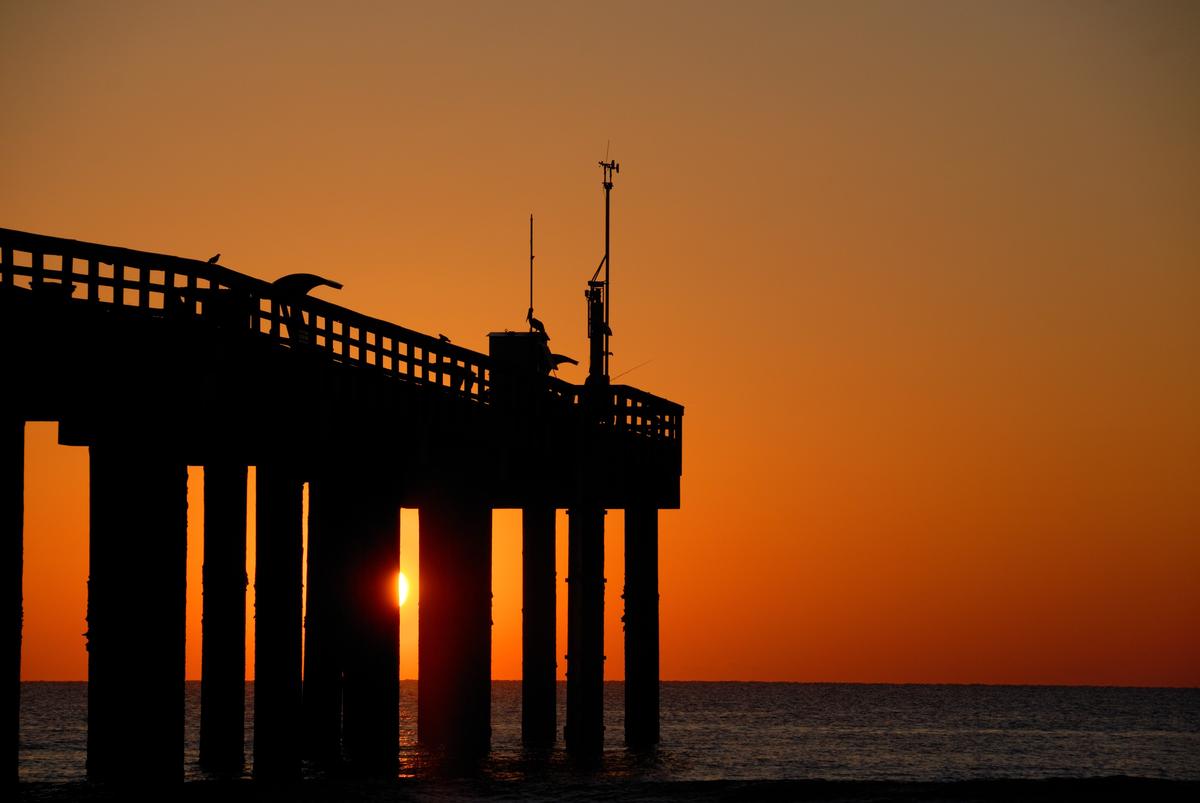
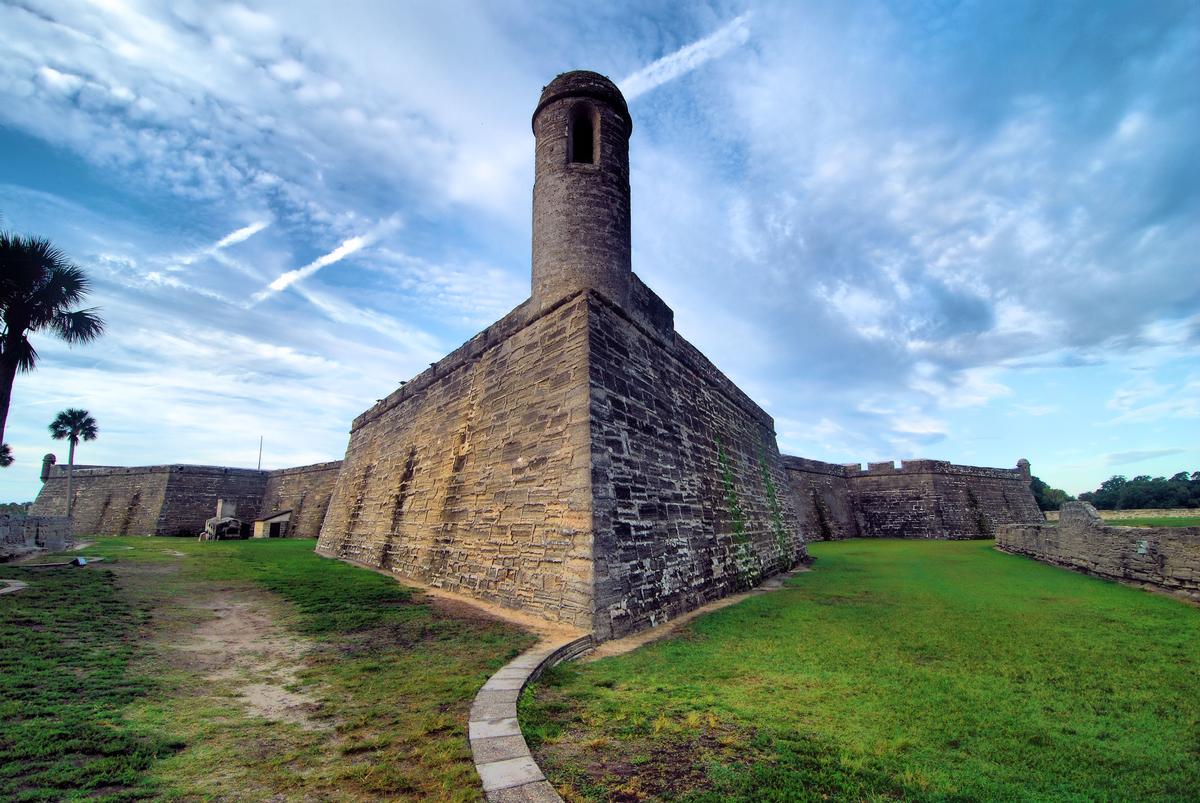
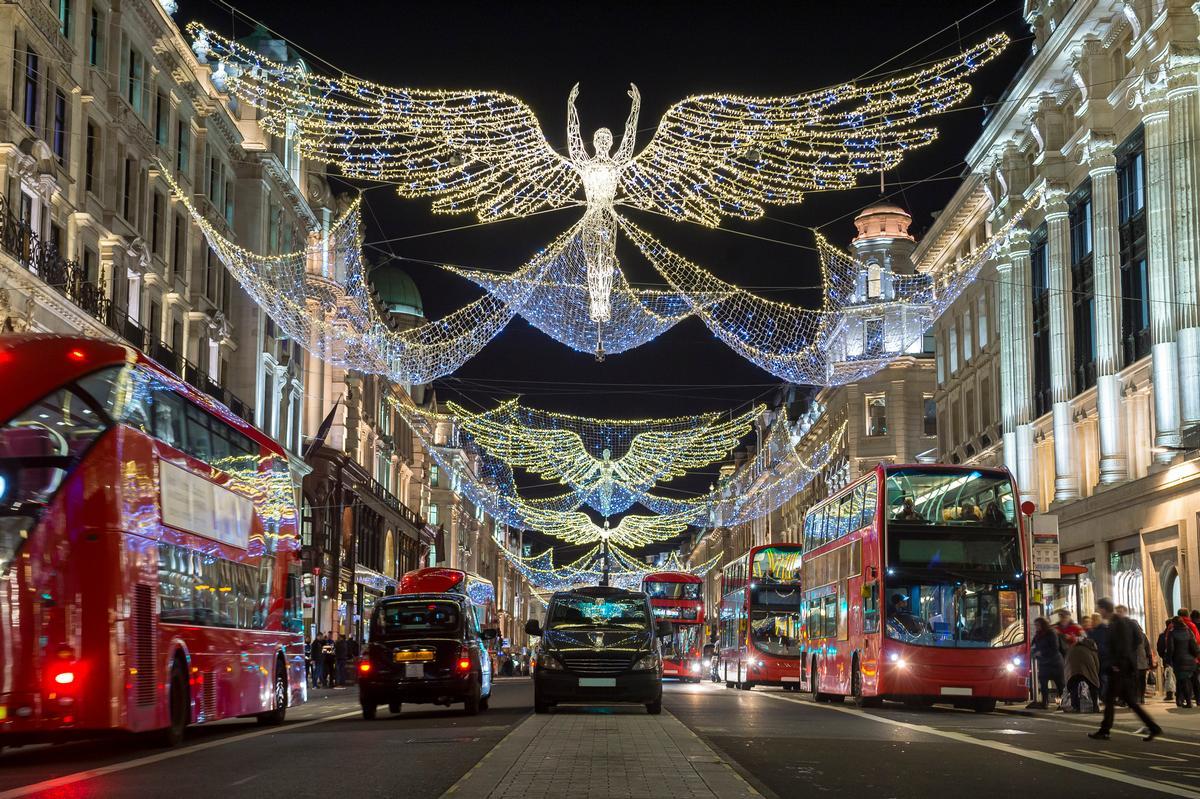
6. London at Christmas
I loved how this buzzing world capital made for a magical winter escape! In fact, London is one of my favorite places to visit at Christmas because it feels like stepping into a classic holiday novel—twinkling streets, cozy pubs, and festive markets.
We flew into London Heathrow (LHR) and spent an exciting week at the 4-star Rathbone Hotel, Fitzrovia soaking up festive charm, admiring the dazzling light displays on Oxford Street, skating at Somerset House, warming up with mulled cider at Borough Market, and admiring the larger-than-life Christmas tree in Trafalgar Square.
One of my best discoveries on morning was Chimes Music, tucked behind the Royal Academy of Music.
Later, I slipped into a tiny Mini Cooper for a Small Car Big City driving tour, winding through historic backstreets and along the Thames. The guide pointed out Dickensian nooks and hidden lanes I’d never have found alone.
Next afternoon, I joined a hands-on workshop at Sozai Cooking School, where I learned to roll maki with warm vinegared rice. The kitchen smelled like nori and sesame oil, and I left with my hands dusted in flour and my heart full.
Dinner was at Le Garrick, a subterranean French bistro near Covent Garden. I ordered the beef bourguignon, slow-cooked, savory, and deeply comforting, served with mash that soaked up every bit of sauce.
- Location: In southeastern England, on the River Thames; the capital city of the United Kingdom and one of the world’s leading global cities
- Location Map
- Average December temperature: 39°F – 48°F (4°C – 9°C)
- Size: Approximately 607 square miles (1,572 square km)
What I loved best:
CERU Hyde Park for lunch, where we shared great Eastern Mediterranean small plates.
In addition, the mix of historic landmarks, world-class museums, and festive traditions made it an unforgettable city break, and my husband who lived in London as a child kept saying how many of the traditions are still the same many decades later...London at Christmas was such a cool trip for my family!
A downside? The city was very expensive during Christmas and getting around was difficult due to traffic... plus they drive on the left in the U.K. which I wasn't ready for so we had to walk or hail a cab to get around.
In addition, I found that December in London may be chilly, but the festive atmosphere more than made up for it with holiday markets, the coolest decorations, and cozy pubs.
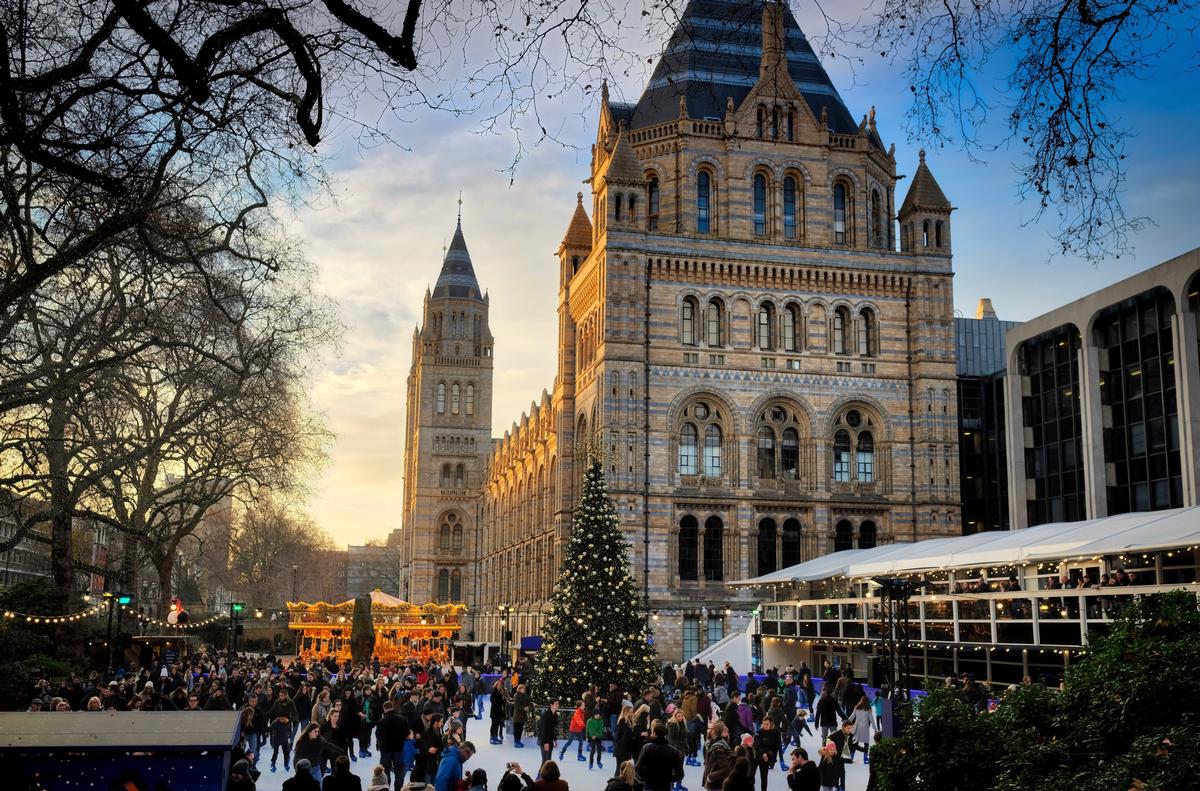
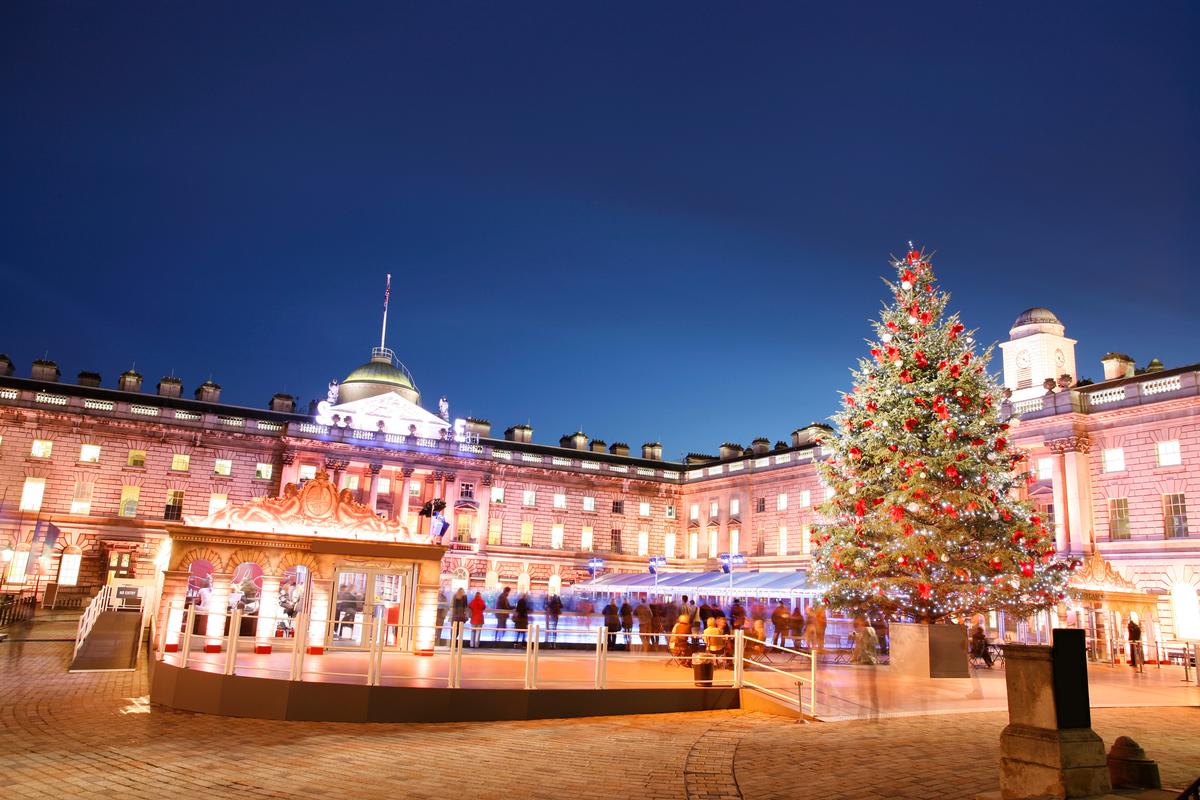
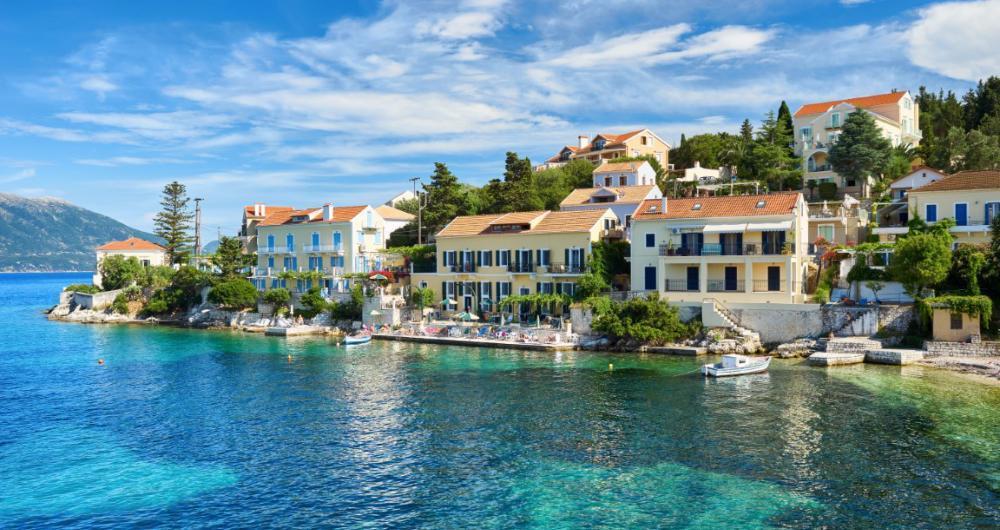
7. Kefalonia
Craving a burst of winter sunshine (and wanting to see the setting of Captain Corelli's Mandolin by Louis de Bernières and the 2001 film based on it)? Here's how to reach the island that completely won me over... we flew to one of Greece’s most picturesque Ionian islands and stayed at White Rocks Hotel Kefalonia for four nights just before Christmas.
Locals told me that it’s among the warmest spots in the country in December, thanks to its southern location and mild Mediterranean climate, and while it doesn’t reach beach-basking highs, Kefalonia was a hidden gem that offered that much-needed Vitamin D this month, that's why it's one of my best Christmas vacations yet!
My highlights ware the Monastery of Agios Gerasimos, and Argostoli’s waterfront.
- Location: In the Ionian Sea off western Greece, the largest of the Ionian Islands; part of the Ionian Islands region and a separate regional unit.
- Location Map
- Average December temperature: approximately 53 °F – 61 °F (12 °C – 16 °C) during the day; nights can drop to around 42 °F (5 °C) in some cases.
- Size: Approximately 299 square miles (773 square km) for the main island.
What I loved best:
Instead of swimming since it was too cold for that, we explored dramatic landscapes, hiked around Mount Ainos National Park with its rare fir trees, went on scenic drives along rugged coastlines with panoramic Ionian views, my favorite highlight. We ended our days with cozy taverna dinners of fresh seafood and hearty local wine, often next to a crackling fireplace.
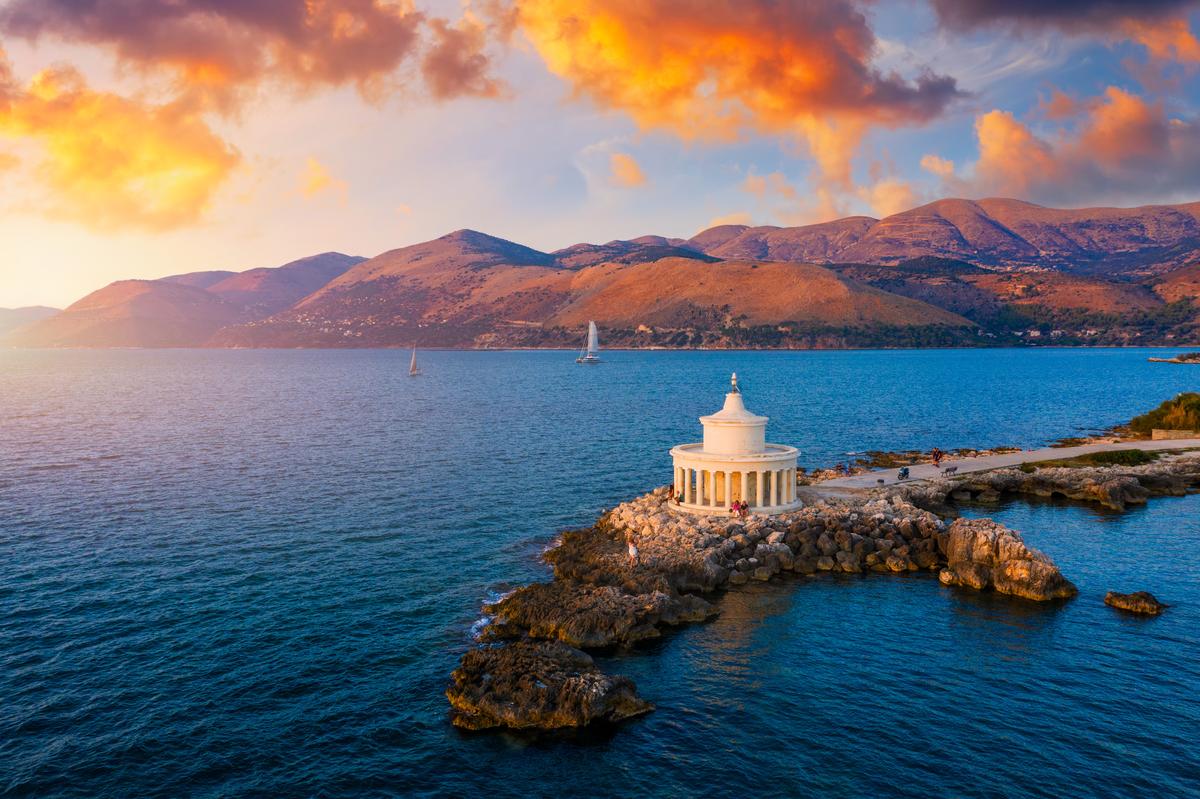

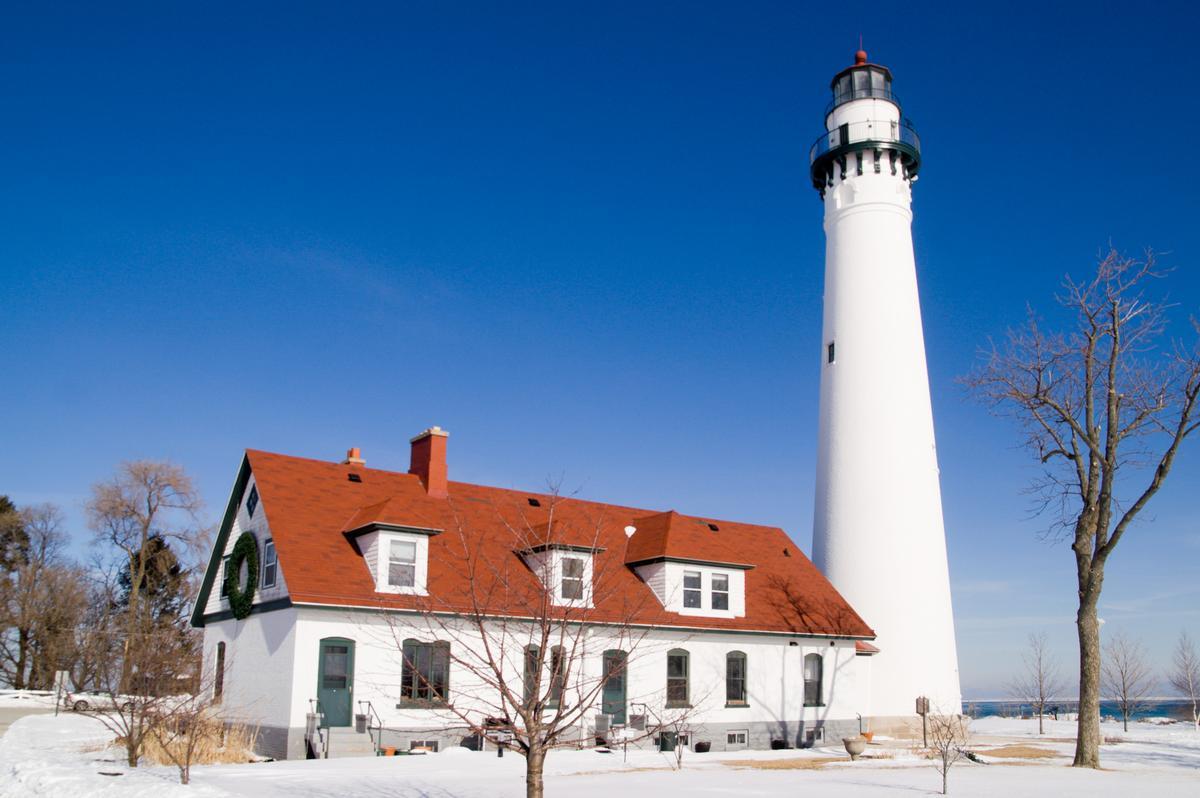
8. Racine, WI
Looking for a holiday getaway rich with small-town charm and Great Lakes beauty? Racine delivers. Best if all, I loved that it's just 1 hour 50 minutes from Chicago making it easy to get to.
We stayed at Hotel Verdant for three nights, and at around $131/night I thought it was very affordable for this time of year! While it was certainly colder than my usual winter-sun escapes, Racine makes up for it with festive cheer, and a strong cultural heritage.
I spent my days warming up with Danish-inspired treats (Racine is famous for its Danish bakeries and kringle, the state’s official pastry), visiting museums, and wandering along the snowy shoreline bundled up in layers. Evenings were spent sipping hot chocolate, admiring twinkling light displays, and enjoying that comforting small-town holiday vibe with friendly locals sharing their stories.
- Location: In southeastern Wisconsin, along the western shore of Lake Michigan; situated between Milwaukee and Chicago, at the mouth of the Root River
- Location Map
- Average December temperature: 21°F – 34°F (-6°C – 1°C)
- Size: Approximately 15.5 square miles (40.1 square km)
What I loved best:
For me, Racine is one of the best Christmas vacation ideas. I love that it's affordable, peaceful, unique, and it makes me appreciate the warmth of Texas when I return home!
My personal highlights ware O&H Danish Bakery, and the Frank Lloyd Wright–designed SC Johnson headquarters. In addition, Downtown Racine’s holiday market and North Beach Park were true local gems!
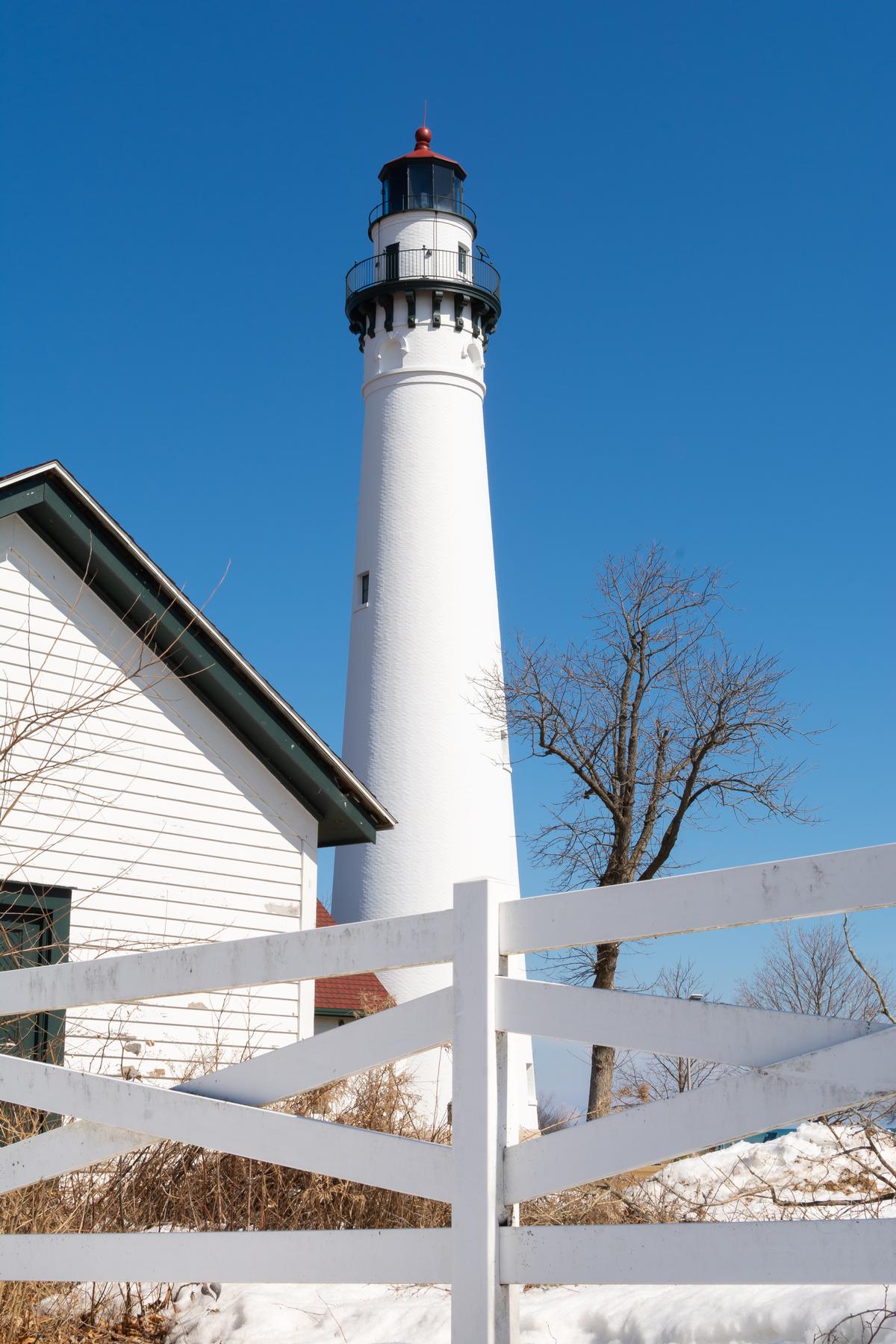
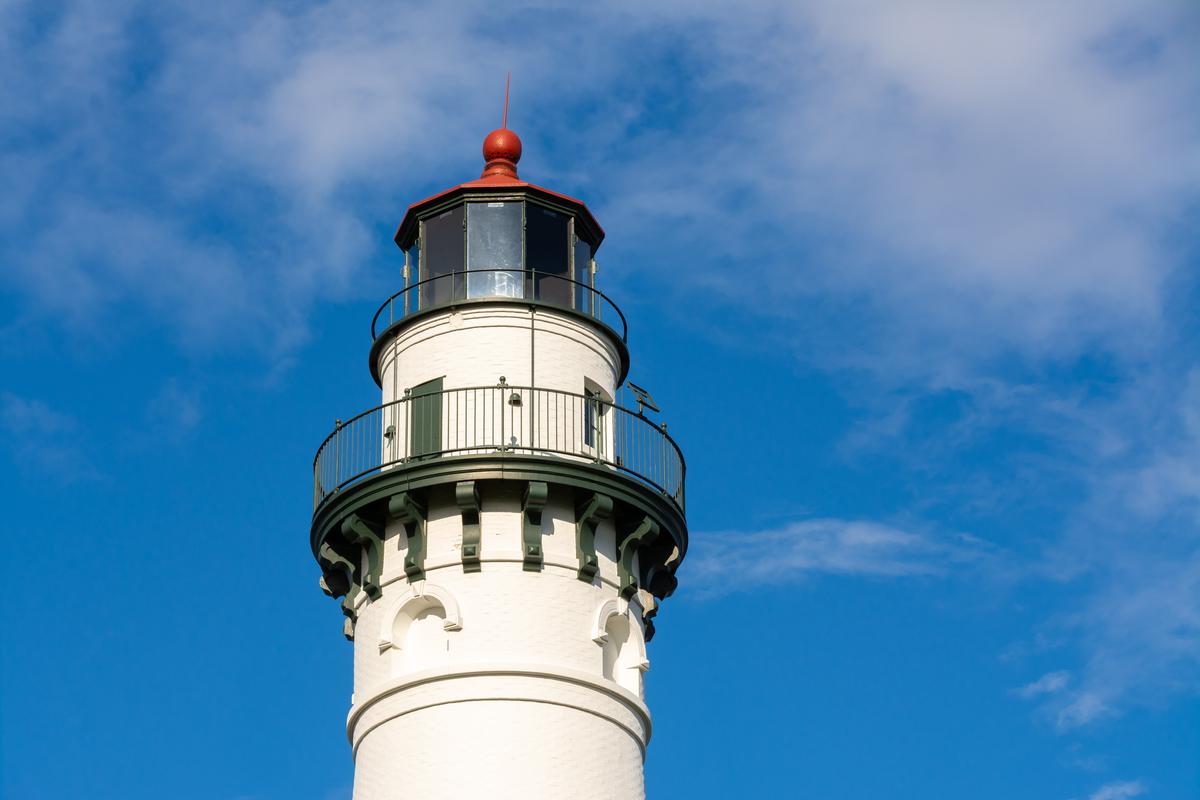
Booking Checklist
1. Book Your Flight - I use Expedia because I like their mobile app with my itinerary. They've helped me re-book flights on many occasions. Once you reach their Gold tier, support is especially good.
2. Book Your Hotel - I use Booking.com or Expedia, depending on my destination.
3. Book Your Rental Car - I use Expedia.
4. Book your tours on Viator or Get Your Guide.
5. If you are planning to visit more than three national parks in the next 12 months, buy the America the Beautiful Pass.
